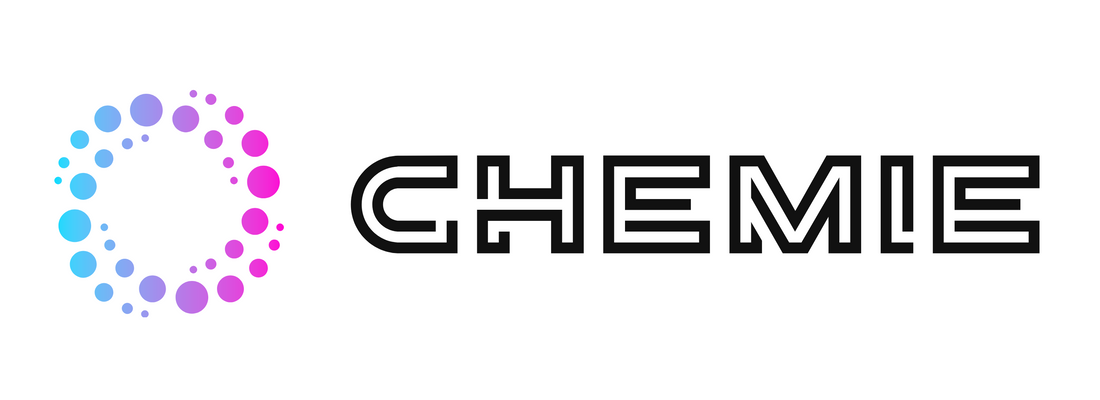Indicators on Chemie You Should Know
Chemie Can Be Fun For Everyone
Table of ContentsChemie Fundamentals ExplainedNot known Details About Chemie An Unbiased View of ChemieAll About ChemieExamine This Report about ChemieThe 10-Minute Rule for Chemie
By Bojanna Shantheyanda, Sreya Dutta, Kevin Coscia and David SchiemerDynalene, Inc. Liquid cooling, which can be accomplished utilizing indirect or direct methods, is utilized in electronics applications having thermal power densities that may surpass risk-free dissipation via air cooling. Indirect liquid air conditioning is where warmth dissipating digital components are literally divided from the fluid coolant, whereas in instance of straight air conditioning, the parts are in straight call with the coolant.However, in indirect air conditioning applications the electric conductivity can be important if there are leakages and/or spillage of the liquids onto the electronic devices. In the indirect air conditioning applications where water based liquids with corrosion preventions are usually used, the electrical conductivity of the fluid coolant primarily depends on the ion concentration in the liquid stream.
The increase in the ion focus in a shut loophole fluid stream may occur because of ion seeping from steels and nonmetal parts that the coolant liquid is in contact with. During operation, the electric conductivity of the fluid may increase to a level which could be damaging for the cooling system.
Chemie Can Be Fun For Everyone
(https://padlet.com/betteanderson/my-brilliant-padlet-dfjgc0w20iwe1uo9)They are grain like polymers that are capable of exchanging ions with ions in a service that it is in contact with. In the here and now work, ion leaching tests were carried out with numerous steels and polymers in both ultrapure deionized (DI) water, i.e. water which is treated to the highest possible levels of purity, and reduced electric conductive ethylene glycol/water mix, with the measured modification in conductivity reported in time.
The samples were allowed to equilibrate at space temperature for 2 days before recording the initial electrical conductivity. In all tests reported in this study liquid electric conductivity was determined to a precision of 1% utilizing an Oakton disadvantage 510/CON 6 collection meter which was calibrated prior to each measurement.
Rumored Buzz on Chemie
from the wall surface home heating coils to the facility of the heater. The PTFE example containers were placed in the furnace when steady state temperatures were gotten to. The test setup was eliminated from the heating system every 168 hours (seven days), cooled to space temperature with the electrical conductivity of the liquid determined.
The electric conductivity of the fluid example was kept track of for an overall of 5000 hours (208 days). Number 2. Schematic of the indirect shut loophole cooling experiment set-up - high temperature thermal fluid. Table 1. Parts used in the indirect closed loophole cooling experiment that touch with the liquid coolant. A schematic of the experimental arrangement is displayed in Number 2.

Unknown Facts About Chemie
The modification in liquid electric conductivity was kept an eye on for 136 hours. The liquid from the system was accumulated and stored.

0.1 g of Dowex resin was included to 100g of fluid samples that was absorbed a different container. The combination was mixed and change in the electrical conductivity at area temperature was measured every hour. The determined adjustment in the electric conductivity of the UP-H2O and EG-LC examination fluids consisting of polymer or steel when immersed for 5,000 hours at 80C is shown Figure 3.
Chemie Fundamentals Explained
Ion seeping experiment: Measured adjustment in electric conductivity of water and EG-LC coolants consisting of either polymer or metal samples when immersed for 5,000 hours at 80C. The outcomes show that metals added fewer ions right into the fluids than plastics in both UP-H2O and EG-LC based coolants.
Liquids containing polypropylene and HDPE showed the most affordable electrical conductivity adjustments. This might be because of the brief, inflexible, linear chains which are much less most likely to contribute ions than longer branched chains with weak intermolecular pressures. Silicone likewise performed well in both test liquids, as polysiloxanes are generally chemically inert because of the high bond power of the silicon-oxygen bond which would certainly stop destruction of the product into the fluid.
Some Known Facts About Chemie.
It would certainly be expected that PVC would certainly generate comparable outcomes to those of PTFE and HDPE based on the comparable chemical frameworks of the products, however there may be various other contaminations existing in the PVC, such as plasticizers, that might impact the electric conductivity of the fluid - therminol & dowtherm alternative. In addition, chloride teams in PVC can also seep into the test fluid and can trigger a boost in electric conductivity
Buna-N rubber and polyurethane revealed indicators of destruction and thermal decay which suggests that their possible utility as a gasket or glue product at higher temperature levels might cause application concerns. Polyurethane entirely broke down right into the examination liquid by the end of 5000 hour test. Figure 4. Prior to and after photos of steel and polymer examples submersed for 5,000 hours her response at 80C in the ion leaching experiment.
Measured change in the electrical conductivity of UP-H2O coolant as a function of time with and without resin cartridge in the shut indirect air conditioning loophole experiment. The determined modification in electrical conductivity of the UP-H2O for 136 hours with and without ion exchange material in the loophole is revealed in Figure 5.